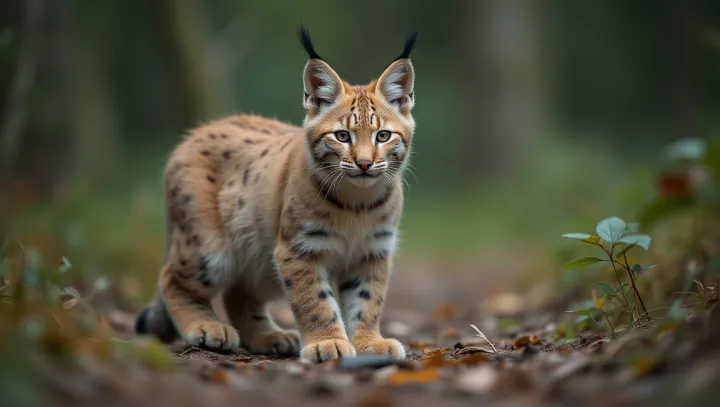Identifying the Lynx Cub Vs. Domestic Cat

In the tranquil forests of Montana, wildlife observers recently faced an unusual challenge: distinguishing between lynx cubs and domestic cats. While to the untrained eye these young animals might appear strikingly similar, recognizing their differences is crucial for both animal enthusiasts and conservationists. Lynx, known for their tufted ears and short tails, are elusive inhabitants of North American woodlands.
The challenges of differentiating a lynx cub from a domestic cat have surged, drawing attention to the need for public awareness in identifying these species. Experts argue this knowledge is vital for preserving wildlife ecosystems. Eric Johnson, a biologist at the Wildlife Institute, notes, 'Understanding the nuances can aid in conservation efforts and reduce human-wildlife conflict.' With habitat encroachment profoundly affecting wildlife populations, such knowledge becomes essential not only for enthusiasts but for regional wildlife policies.
Public education campaigns are underway, employing visual aids and community workshops, emphasizing traits such as size, ear tufts, and behavior differences to build awareness. As wild habitats shrink, coexistence strategies are paramount in protecting these magnificent creatures and preserving biodiversity.
